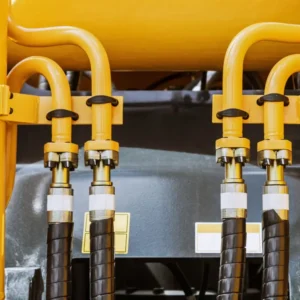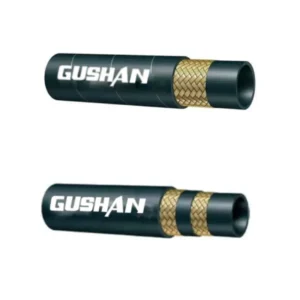Hydraulic hoses are essential components in many industries, but they can be prone to leaks and punctures. While it’s always best to consult a professional for major repairs, minor leaks can often be fixed with a temporary patch. In this guide, we’ll walk you through the steps of patching a hydraulic hose, providing essential safety tips and considerations.
Please note: This guide is for informational purposes only. Always prioritize safety and consult a professional for complex repairs.
What Is Hydraulic Hose Patch
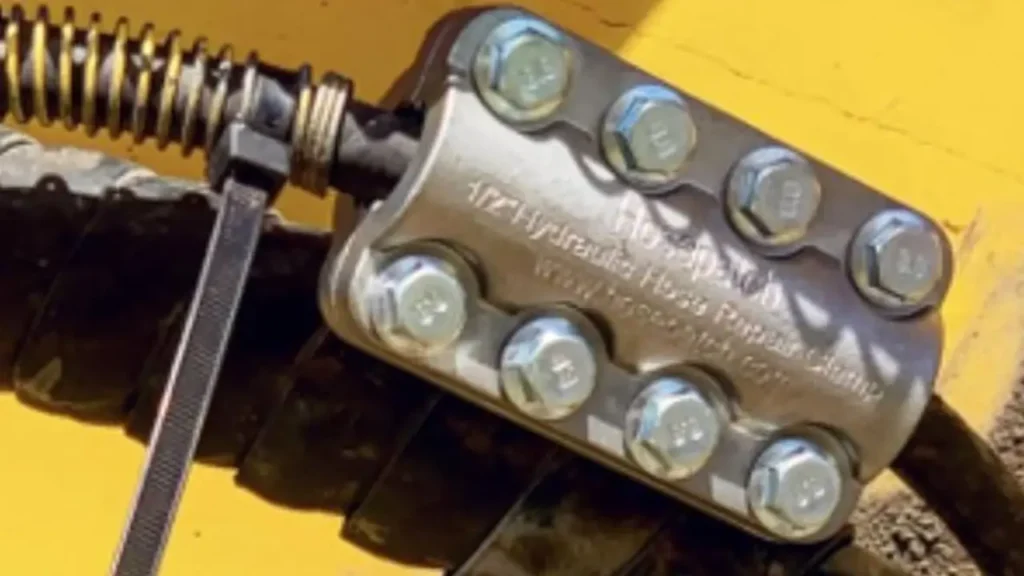
A hydraulic hose patch is a temporary repair solution for damaged hydraulic hoses. It’s typically a clamp or a sleeve that can be applied to a small leak or puncture in the hose. While it can be a convenient way to extend the life of a hose, it’s important to note that it’s a temporary fix and should not be considered a permanent solution.
Key points to remember:
- Temporary Solution: A hydraulic hose patch is meant to be a temporary fix until a proper replacement can be made.
- Limited Durability: The effectiveness of a patch depends on the severity of the damage and the quality of the patch kit.
- Safety Considerations: Always follow the manufacturer‘s instructions and safety guidelines when using a hydraulic hose patch.
- Professional Hydraulic Hose Repair: For more significant damage or frequent repairs, consult a hydraulic hose specialist.
It’s crucial to prioritize safety when dealing with hydraulic systems. If you’re unsure about repairing a hydraulic hose yourself, it’s best to seek professional assistance.
How to Patch Hydraulic Hose
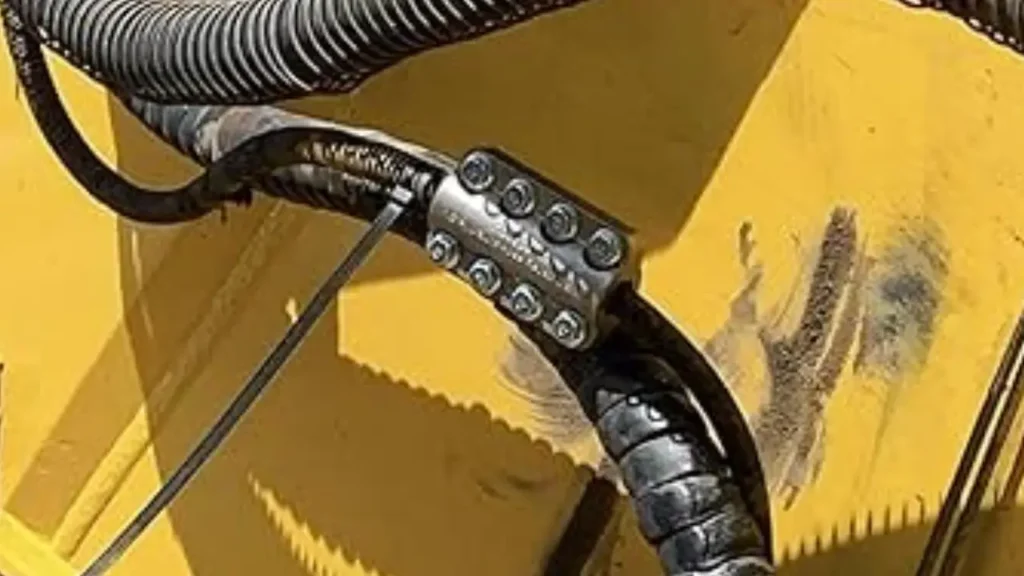
Disclaimer: Patching a hydraulic hose is a complex task that requires specific skills and knowledge. It’s always recommended to consult a hydraulic hose specialist for professional repair or replacement.
However, if you’re in a situation where a temporary fix is necessary, here’s a general guide on how to patch a hydraulic hose:
Materials Needed:
- Hydraulic hose repair kit
- Clean rags
- Wire brush
- Rubber mallet
Steps:
- Assess the Damage: Carefully examine the damaged area to determine the extent of the damage.
- Clean the Area: Use a wire brush to clean the damaged area, removing any dirt, rust, or debris.
- Prepare the Patch: Follow the instructions provided with the repair kit to prepare the patch material.
- Apply the Patch: Position the patch over the damaged area and secure it tightly using the clamps or adhesive provided in the kit.
- Test for Leaks: After applying the patch, carefully inspect the repaired area for any leaks. Use soapy water to check for bubbles, which indicate a leak.
- Monitor the Patch: Keep an eye on the patched area and replace the hose as soon as possible.
Important Considerations:
- Safety First: Always wear protective gear, such as gloves and safety glasses, when working with hydraulic systems.
- Temporary Fix: A patch is a temporary solution and should not be used for long-term repairs.
- Professional Repair: Consult a hydraulic hose specialist for proper repair or replacement of the damaged hose.
Remember, it’s crucial to prioritize safety and seek professional help when dealing with hydraulic systems.
Hydraulic Hose Patch Kit
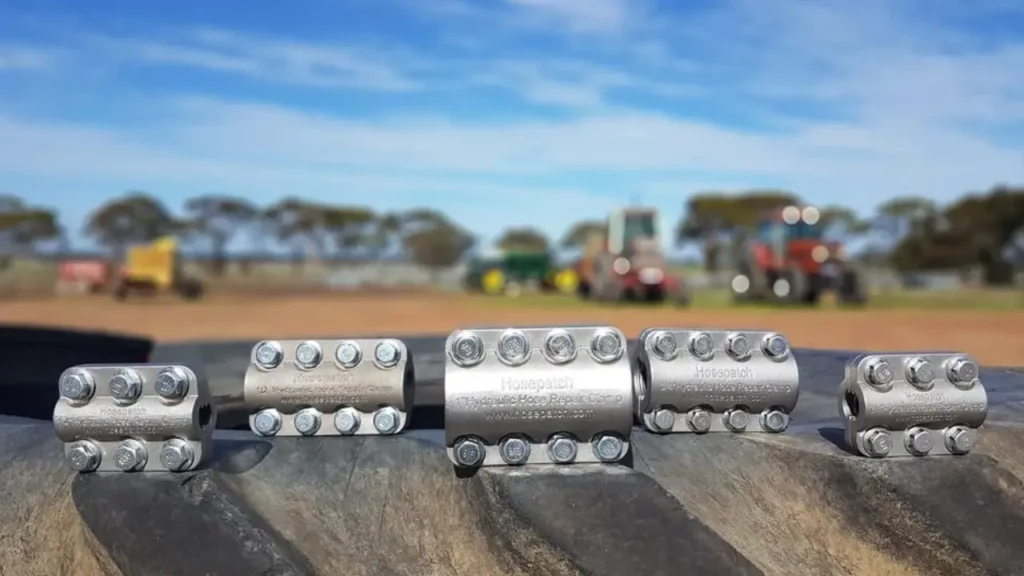
Hydraulic Hose Patch Kits are designed to provide temporary repairs for damaged hydraulic hoses. They typically include clamps, sleeves, and adhesives to seal the damaged area.
Key Features of a Hydraulic Hose Patch Kit:
- Quick and Easy Repair: Can be applied in a short amount of time to minimize downtime.
- Durable and Reliable: Made from high-quality materials to ensure a secure and long-lasting repair.
- Versatile: Suitable for a wide range of hydraulic hose sizes and types.
- Portable: Compact and easy to carry, making it ideal for on-site repairs.
Important Considerations:
- Temporary Solution: A hydraulic hose patch kit is intended for temporary repairs. It’s crucial to replace the damaged hose as soon as possible.
- Follow Instructions: Always follow the manufacturer‘s instructions carefully to ensure a successful repair.
- Safety First: Wear appropriate safety gear, such as gloves and safety glasses, when working with hydraulic systems.
- Professional Repair: For complex repairs or frequent hose failures, consult a hydraulic specialist.
By using a hydraulic hose patch kit correctly and responsibly, you can extend the life of your hydraulic equipment and minimize downtime.
How to Make Temporary Hydraulic Hose Patch
Disclaimer: A temporary hydraulic hose patch is a temporary solution. It’s crucial to replace the damaged hose as soon as possible. Always consult a hydraulic specialist for proper repair or replacement.
Materials Needed:
- Hydraulic hose repair kit
- Clean rags
- Wire brush
- Rubber mallet
Steps:
- Assess the Damage: Carefully examine the damaged area to determine the extent of the damage.
- Clean the Area: Use a wire brush to clean the damaged area, removing any dirt, rust, or debris.
- Prepare the Patch: Follow the instructions provided with the repair kit to prepare the patch material.
- Apply the Patch: Position the patch over the damaged area and secure it tightly using the clamps or adhesive provided in the kit.
- Test for Leaks: After applying the patch, carefully inspect the repaired area for any leaks. Use soapy water to check for bubbles, which indicate a leak.
- Monitor the Patch: Keep an eye on the patched area and replace the hose as soon as possible.
Important Considerations:
- Safety First: Always wear protective gear, such as gloves and safety glasses, when working with hydraulic systems.
- Temporary Fix: A patch is a temporary solution and should not be used for long-term repairs.
- Professional Repair: Consult a hydraulic hose specialist for proper repair or replacement of the damaged hose.
Remember, a temporary patch is not a permanent solution. It’s crucial to prioritize safety and seek professional assistance for long-term repairs.
Types of Hydraulic Hose Damage
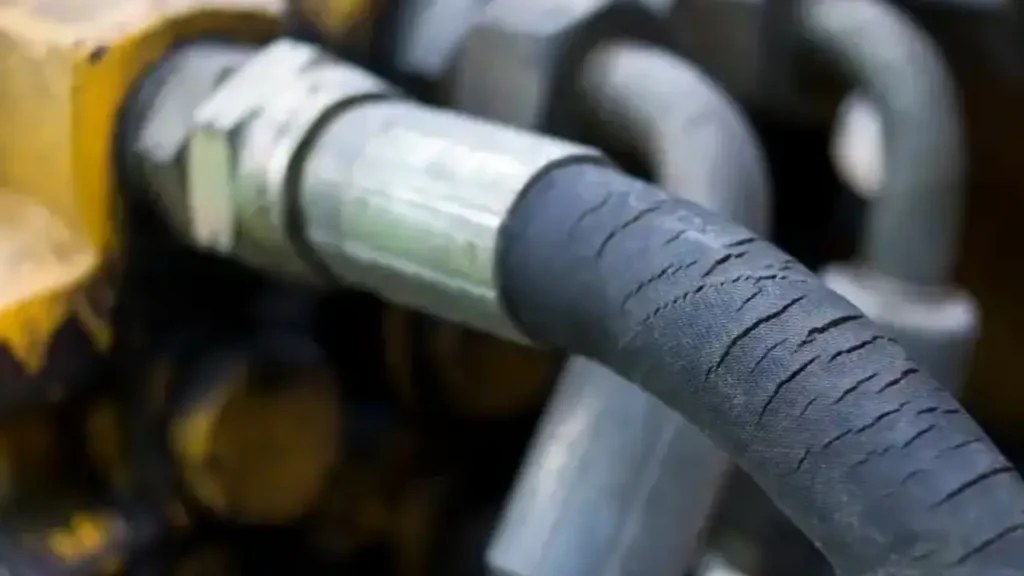
Several factors can contribute to hydraulic hose damage, leading to potential leaks, system failures, and safety hazards. Here are some of the most common types of hydraulic hose damage:
1. Abrasion
- Cause: Repeated contact with other components or surfaces.
- Prevention: Use protective sleeves or guards to shield hoses from abrasion.
2. Cut or Puncture
- Cause: Accidental cuts, punctures, or impacts.
- Prevention: Avoid sharp objects and rough surfaces near hoses.
3. Bending Radius Exceeded
- Cause: Exceeding the minimum bend radius can weaken the hose and lead to failure.
- Prevention: Ensure proper routing and avoid sharp bends.
4. Heat Damage
- Cause: Exposure to high temperatures can degrade the hose material.
- Prevention: Use heat-resistant hoses and avoid exposing them to direct heat sources.
5. Fluid Incompatibility
- Cause: Using incompatible fluids can damage the hose material.
- Prevention: Always use the correct hydraulic fluid specified by the manufacturer.
6. Improper Installation
- Cause: Incorrect installation can lead to leaks and premature failure.
- Prevention: Follow manufacturer‘s instructions and use proper tools and techniques.
7. Age and Wear
- Cause: Over time, hoses can deteriorate due to age and exposure to various factors.
- Prevention: Implement a regular inspection and replacement schedule.
By understanding these common types of hydraulic hose damage and taking preventive measures, you can significantly reduce the risk of failures and improve the overall safety and reliability of your hydraulic systems.
Conclusion
By following these guidelines, you can effectively patch a hydraulic hose and minimize downtime. However, it’s important to remember that a temporary patch is not a permanent solution. Always consult with a hydraulic hose specialist to assess the damage and determine the best course of action.
Ready to upgrade your hydraulic systems with high-quality hoses?
Contact us today to request a quote on our wide range of hydraulic hoses. Our expert team can help you select the right hose for your specific application.

